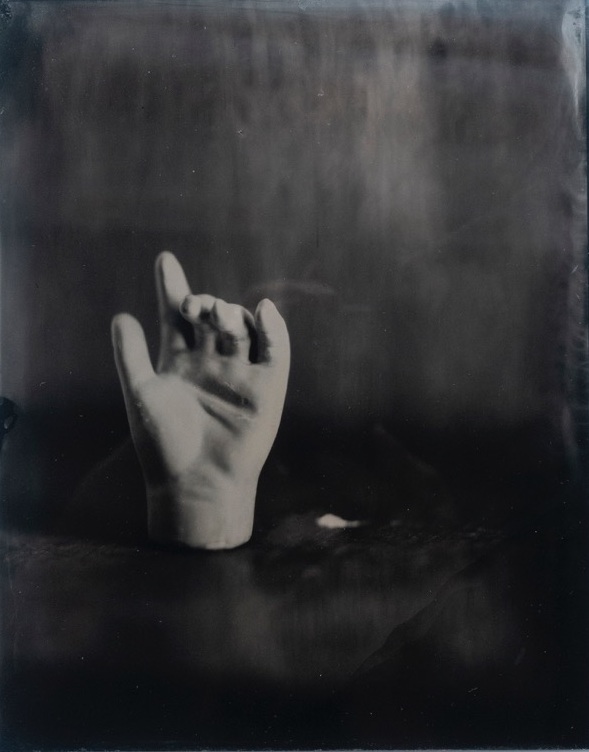Artist Statement
I am an artist, and material culture researcher who uses analogue film and photography, object making, performance, and writing to explore the emotional and sensory relationships people have with the material world. My practice focuses on the impacts of bodies on their environments: the ways that the material world shapes and is shaped by human experience. As a research-led artist, my work has focused on two themes, clothing bodies and traces and human intervention on landscapes.
As an artist who often works with Museums and archives, the display and realisation of my work draws upon the imagery and form of archives, exploring how we attended to preserve and organise these often-overlooked things. I build installations which play with the form of the archive and the database (cabinets, display cases, files) and which explore ideas of reproduction and repetition- the ways that records are created, copied and shared.
My doctoral research (RCA 2016) Worn and ongoing project The Afterlives of Clothes (developed through a fellowship at the Metropolitan Museum of art and residency at Bard Graduate Center), explored the ways that through wearing garments become record of lived experience and how these traces are experienced by the viewer. In doing the images I make draw upon and play with the indexicality of the marks of use (strains creases and tears) and the indexicality of analogue film. My work on landscape similarly, is concerned with the traces of use, exploring the ways that bodies impact landscape and the traces of our attempts to organise and contain nature.
My new work, attempts to bring together these two themes, exploring the metaphor and material culture of the stain. Despite their material prevalence there is relatively little research into the meanings of stains and staining and what exists is scattered across diverse fields. At a time when understanding our relationships to consumption and newness is of critical importance, this project seeks to develop an interdisciplinary exploration of the cultural valency of stains; asking how we might use the stain as a lens through which to understand our complex relationships to the pollution, imperfection, damage and shame. How engaging with the multiple forms of stains and staining manifest in our relationships to the world (from damaged garments and polluted landscapes to the traces of labour and violence) can counteract or address the wilful blindness which often underscores these relationships.
